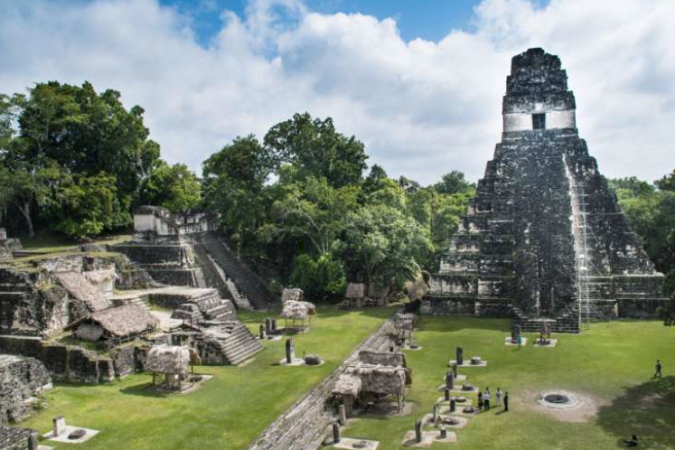Beneath modern western Honduras lie the ruins of Copán, a key city in the classic Maya world located at the crossroads of Central and South America.
Recent genetic analysis of seven individuals from the site—including a probable royal and a sacrificial burial—showed that the classic Copán inhabitants shared genetic links with late archaic populations (5,600–3,700 years ago), later Maya groups, and modern Maya communities in Mexico. Published in Current Biology, the study found evidence of a dramatic, though not total, population decline around 1,200 years ago.
Human presence at Copán dates back to the Early Preclassic period (before ~1000 BCE), when small farming communities migrated there. Over centuries, monumental architecture and Maya-style inscriptions emerged by the early classic period (circa 300–400 CE).
A new political era began when the first king, K'inich Yax K'uk' Mo', an outsider, established a royal dynasty in 426/427 CE and moved to Copán. For 400 years, the dynasty ruled, maintaining the city as a political, economic, and ceremonial center with both elite and commoner residences.
A popular theory suggests the Copán kingdom arose as Maya elites migrated in and integrated with the original non-Maya inhabitants. Rich archaeological and historical records support this, but direct genetic data from Copán help refine understanding of ancestry, migration, and demographic shifts.
For the study, researchers collected petrous bones from 16 individuals across two archaeological projects: Programa Integral de Conservación del Parque Arqueológico Copán (PICPAC) and Proyecto Arqueológico Copán (PROARCO). DNA extraction succeeded in seven samples for further analysis.
Of these seven, five came from separate architectural structures mostly lacking wealth indicators. One, buried in a royal-style tomb and showing high wealth, likely belonged to the ruling dynasty. Another, without wealth indicators and assigned a score of "0," was interpreted as a sacrificial offering.
Comparing these newly sequenced genomes to ancient and modern American genomes revealed strong genetic continuity in the Maya region from the late archaic period to today. The data showed a local population since the late archaic, plus about 6.1% gene flow from highland Mexican populations during the early-to-middle classic period, supporting population movement and cultural integration then.
DNA evidence also indicated a sharp population decline around 1,200 years ago, coinciding with severe droughts and social instability during the 9th to 11th centuries, matching the timeline of the classic Maya civilization’s collapse.
The researchers emphasize that the study offers new insights, showing the enduring persistence of local Maya ancestry while also highlighting broader mobility beyond traditional Maya boundaries.

